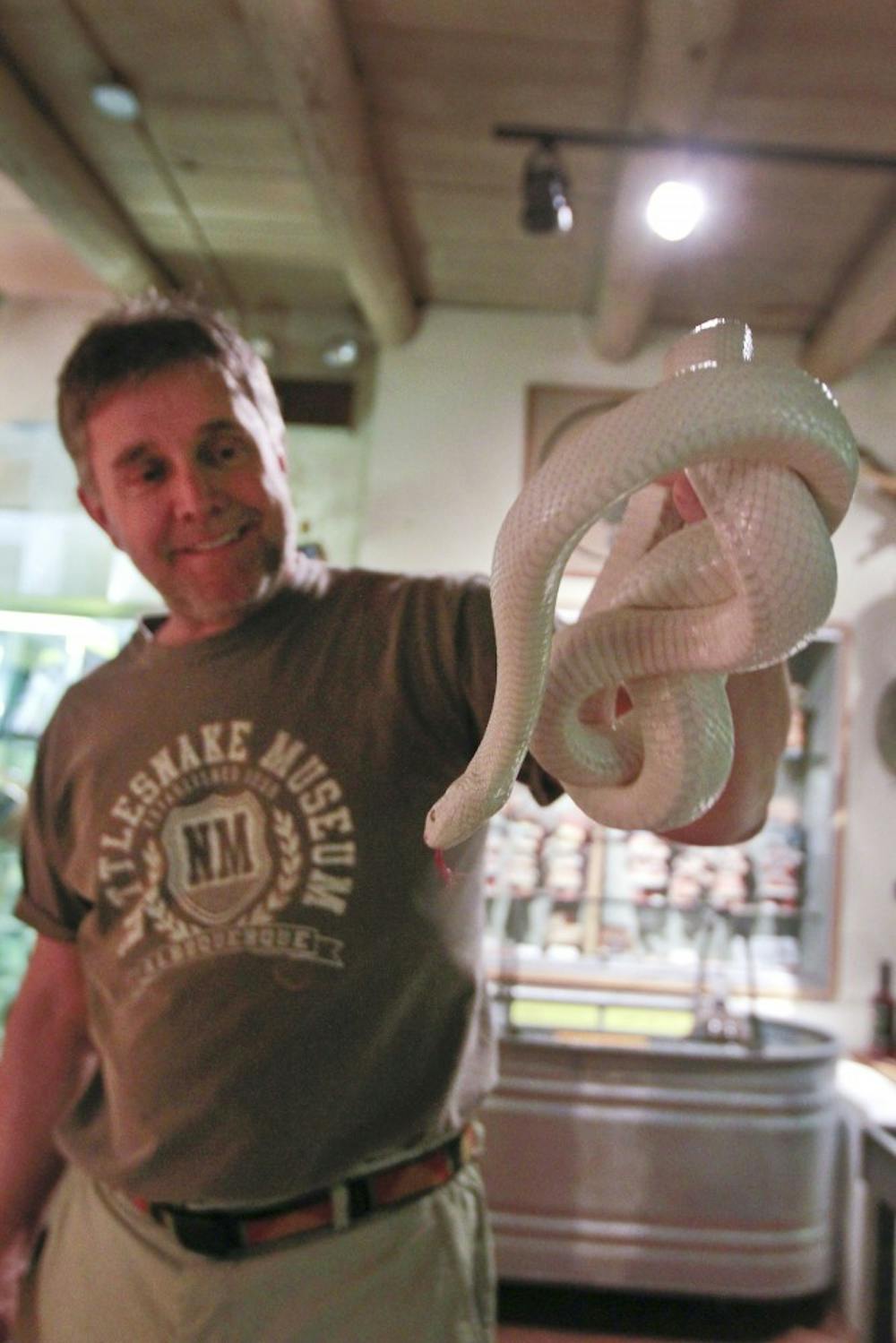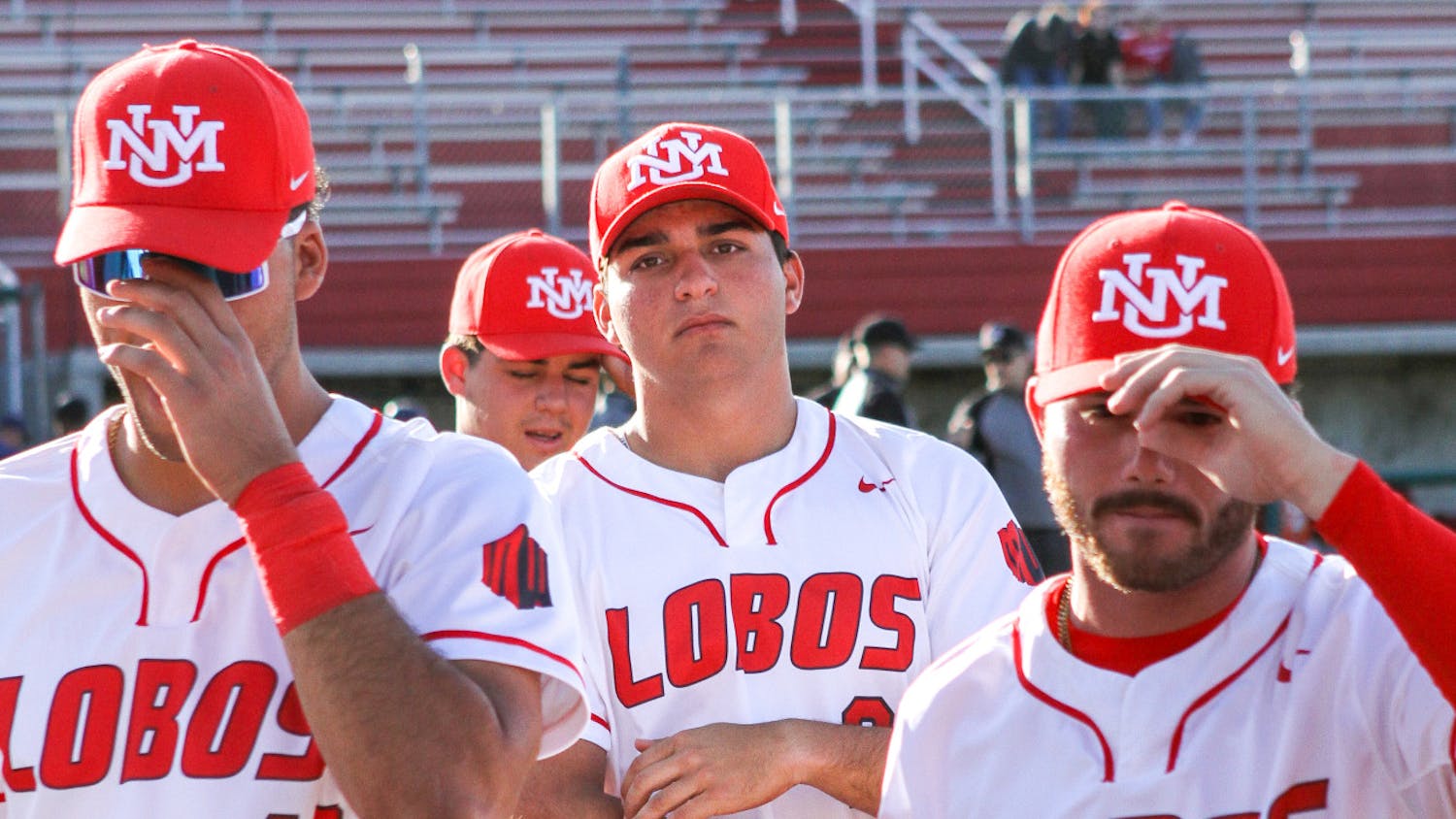culture@dailylobo.com
Bob Myers, director of the American International Rattlesnake Museum, was once bitten by a rattlesnake when he was handling snakes in a photo shoot for National Geographic.
“It felt like a tingling sensation in my hand, and within five minutes I had swelling in my arm up to the shoulder,” Myers said. “Some pain, not the most severe pain I’ve ever experienced, but it wasn’t much fun.”
Myers said he immediately went to the hospital where he was treated with anti-venom.
“A lot of people think that rattlesnakes, their bite, is going to be lethal, but it’s very rare that someone dies from a rattlesnake anymore. Anti-venom is good stuff,” he said.
Myers said the photographer was so freaked out they never finished the photo shoot, and it was never published.
As a result of the snake bite, Myers said he now has firsthand knowledge of how snake toxins can affect the body, which has enhanced his knowledge of the animal overall.
“It’s not the ideal way to learn about these dangers, but it’s a sure way you’re going to pick up some information you might not have otherwise,” he said.
Despite the known dangers, Myers said he has always had a fascination with snakes and reptiles, ever since he was a little kid. He grew up in New Mexico and searched for desert critters whenever he could.
“In my dad’s words, I had the reptile gene in our family,” Myers said. “It came naturally. I didn’t read a book one day and suddenly I had this new fascination; it was always there. Nobody else in my family has a particular interest in reptiles.”
He first worked with rattlesnakes while attending NMSU, where he helped conduct a survey of the Chihuahuan desert. A high school science teacher for six years, Myers eventually got sick of teaching and decided to open the museum on May 5, 1990: “Snako-de-Mayo,” as he calls it.
“I think every kid, with very few exceptions, at some time early on has a fascination for reptiles and/or dinosaurs,” Myers said. “One in a million kids might not go through that phase, and some of us who went through that phase never got beyond that.”
Get content from The Daily Lobo delivered to your inbox






